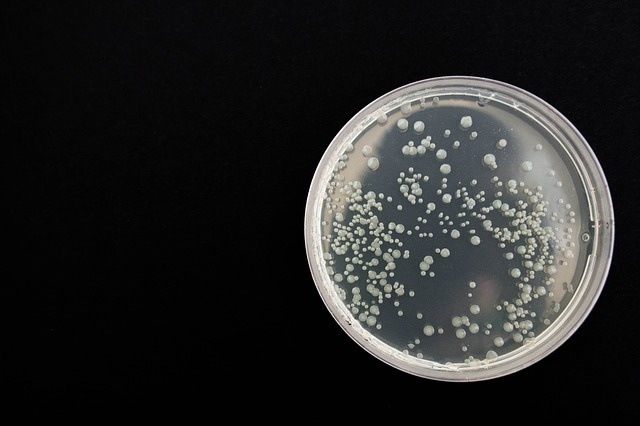In the United States created nanoparticles against superbugs and their insidious genes
 They will help to clean the sewers.
They will help to clean the sewers.At Rice University (USA, Texas), superbugs were destroyed using nanoparticles wrapped in graphene oxide. The weapon affected not only antibiotic-resistant microbes, but also individual resistance genes. That is, the bacterium cannot pass its gene on to its neighbor.
The bacteria teach each other to fight off the drug by exchanging genes. Once one resistant bacterium appears, it will transfer the resistance to a neighbor. Drug resistance genes (ARGs) can survive in the environment even without bacteria. With wastewater, they enter rivers and lakes. The bacteria that stray genes encounter can change so that the drugs are not intimidating. The microbe acquires resistance to an antibiotic with which it has not come into contact.
Scientists devise weapons against genes that are kept separate from bacteria. Rice University has described how to disinfect a wastewater treatment plant. The system includes photocatalysts in the form of “nanospheres” of bismuth, oxygen and carbon. When exposed to sunlight, they produce reactive oxygen species (ROS). ROS are destructive for both microbes and resistance genes.
The nanospheres were tested for E. coli. It turned out that in a protective shell made of graphene oxide, they create three times more ROS. Next, the nitrogen was doped with graphene, and the nanospheres began to capture more microbes.
The size of the spheres allows them to be removed from the water and used again. Scientists said the spheres retained their bactericidal properties after ten cycles.
Source: kp.ua










